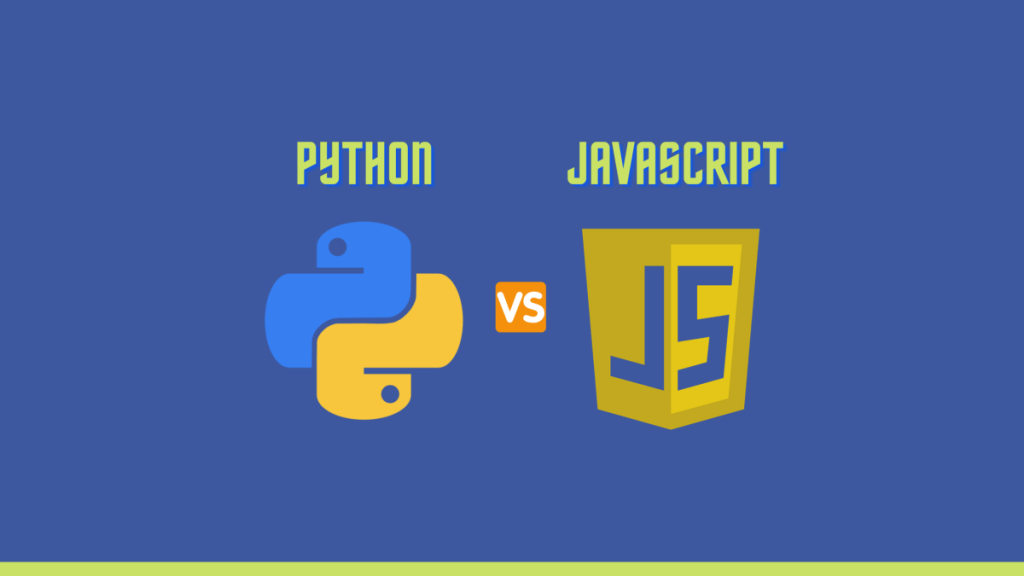Python has emerged as one of the most popular programming languages in recent years, and it is now taking the lead in many areas of software development.
From data analysis and machine learning to web development and automation, Python has become the go-to language for many developers, businesses, and organizations. The iPhone app development company used Python as one of the programming languages to build their app’s backend functionality.
Here are some reasons why Python is taking the lead:
Easy to Learn and Use
It has a clean and readable syntax, which makes it easy for beginners to learn and understand. The language also has a vast standard library that provides many pre-built functions and modules that can be used for various tasks, reducing the need for developers to write code from scratch.
Versatility
Python is a versatile language that can be used for various tasks, such as web development, data analysis, machine learning, artificial intelligence, scientific computing, and more. It can also be used in conjunction with other languages, such as C++, Java, and JavaScript, to create complex systems and applications.
Large and Active Community
Python has a large and active community of developers, users, and contributors who constantly create and update libraries, frameworks, and tools. The community also provides support, resources, and documentation that make it easier for developers to use and improve Python.
Data Analysis and Machine Learning
Python has become the de facto language for data analysis and machine learning due to its simplicity, versatility, and powerful libraries, such as NumPy, Pandas, Matplotlib, and Scikit-learn. These libraries provide tools for data manipulation, visualization, and machine learning algorithms, making it easier for developers to create predictive models and analyze large datasets.
Web Development
Python has a wide range of frameworks and tools for web development, such as Django, Flask, Pyramid, and more. These frameworks provide a high level of abstraction and automation, making it easier for developers to build web applications quickly and efficiently.
Automation
Python is an ideal language for automation due to its simplicity, versatility, and wide range of libraries and tools. It can be used for various automation tasks, such as web scraping, data extraction, file manipulation, and more.
Cross-Platform Compatibility
Python is a cross-platform language, which means that code written in Python can be run on multiple platforms, such as Windows, Linux, and macOS. This makes it easier for developers to create applications that can be used on different operating systems without having to rewrite the code.
Scalability
Python is highly scalable and can be used for small projects as well as large-scale enterprise applications. It can handle a large volume of data and is capable of scaling horizontally and vertically to meet the needs of growing businesses. The mobile app development company Chicago utilized Python to develop a robust and scalable backend system for their latest application.
Testing and Debugging
Python has a built-in testing and debugging framework, which makes it easier for developers to identify and fix errors in their code. The framework provides tools for unit testing, functional testing, and integration testing, which help ensure the quality and reliability of the code.
Community Support
Python has a large and active community of developers who provide support, share knowledge, and contribute to the development of the language. The community provides resources, such as documentation, tutorials, and forums, which help developers learn and improve their skills.
Easy Integration
Python can be easily integrated with other languages and systems, which makes it a popular choice for building complex systems and applications. It can be integrated with C++, Java, and other languages to create hybrid applications that take advantage of the strengths of each language.
Open-Source
This makes it an affordable option for businesses and organizations that want to develop software without incurring high costs.
Extensive Libraries and Frameworks
Python has a vast collection of libraries and frameworks that can be used to speed up development and simplify tasks. For example, libraries such as NumPy, Pandas, and Scikit-learn are widely used for data analysis and machine learning, while frameworks like Django and Flask are popular for web development.
PYTHON VS JAVASCRIPT
Python and JavaScript are two of the most popular programming languages used in modern software development.
Syntax:
Python has a more straightforward and easy-to-read syntax, while JavaScript has a more complex and verbose syntax.
Type System:
Python is a strongly-typed language, meaning that it requires explicit declaration of variables and their data types. JavaScript, on the other hand, is a dynamically-typed language, meaning that variables can change data types during runtime.
Use Cases:
Python is commonly used for scientific computing, data analysis, machine learning, and automation. JavaScript, on the other hand, is primarily used for web development, front-end programming, and browser-based applications.
Community:
Both languages have active and large communities of developers, but Python has a more robust community focused on scientific computing and data analysis.
Performance:
Python is generally slower than JavaScript, especially for web development tasks. However, Python has libraries such as NumPy and SciPy, which are optimized for scientific computing and offer high-performance processing of large datasets.
Libraries and Frameworks:
Both languages have a vast array of libraries and frameworks available, but Python’s libraries for data analysis and scientific computing are more comprehensive and mature.
Python and JavaScript are two different programming languages with their own strengths and weaknesses. Python is ideal for scientific computing and data analysis, while JavaScript is better suited for web development and front-end programming. Ultimately, the choice of language depends on the specific needs and requirements of the project.
Conclusion
Python’s ease of use, versatility, scalability, testing and debugging framework, community support, easy integration, open-source nature, and extensive libraries and frameworks have all contributed to its popularity and success. As a result, it has become the go-to language for many developers, businesses, and organizations and is expected to remain at the forefront of software development for years to come making things very reliable.

